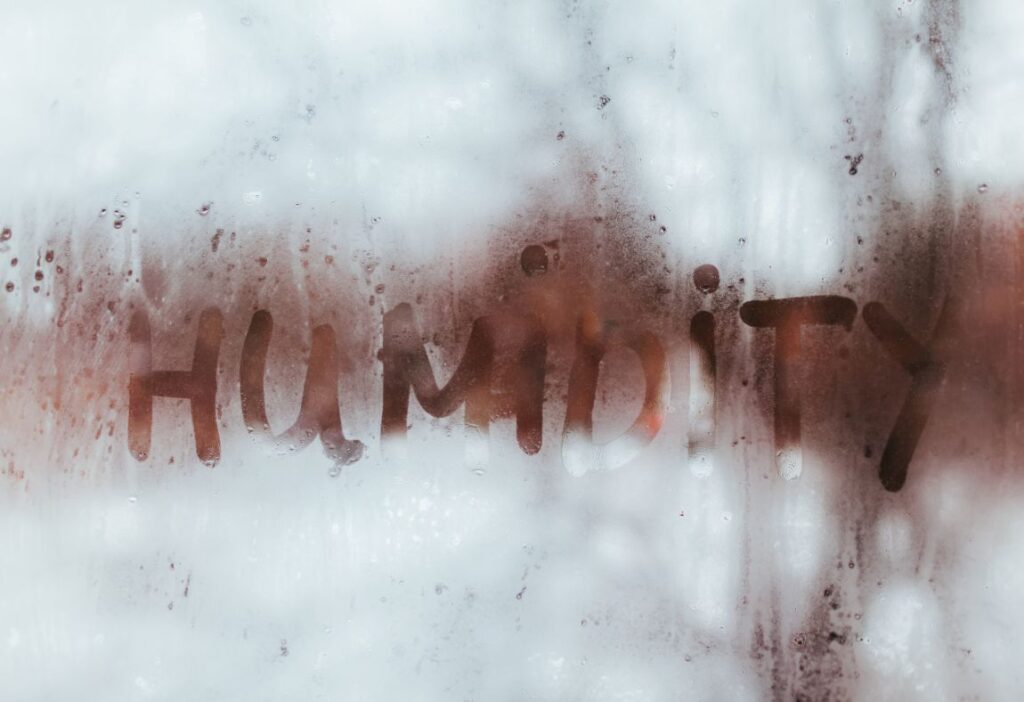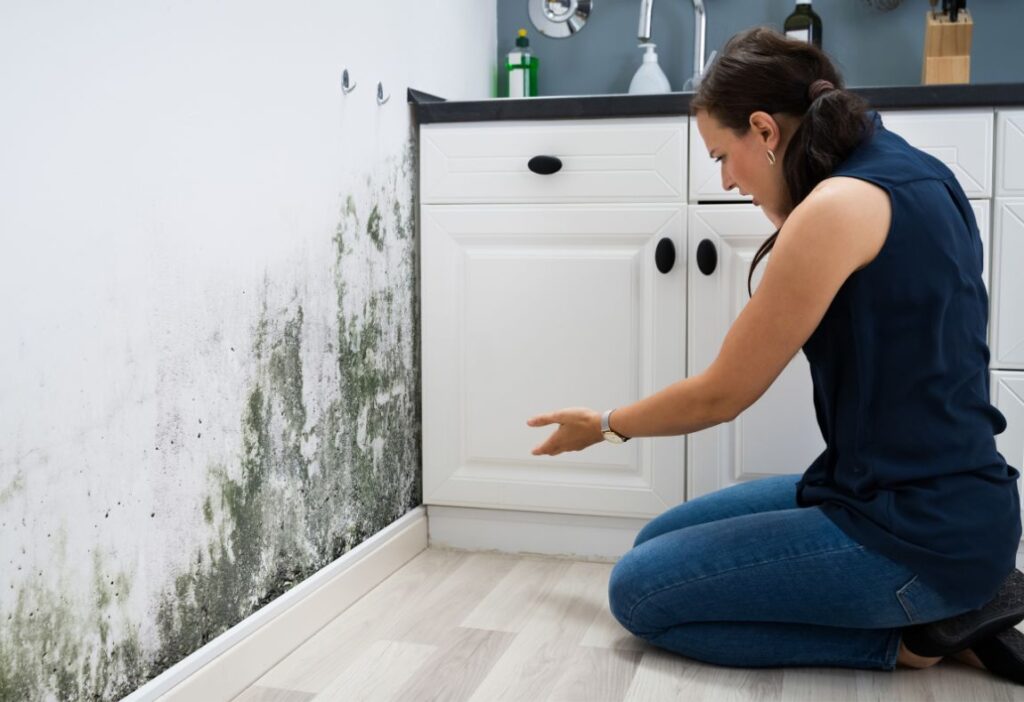How to Detect Water Damage Early: 13 Signs to Look Out for
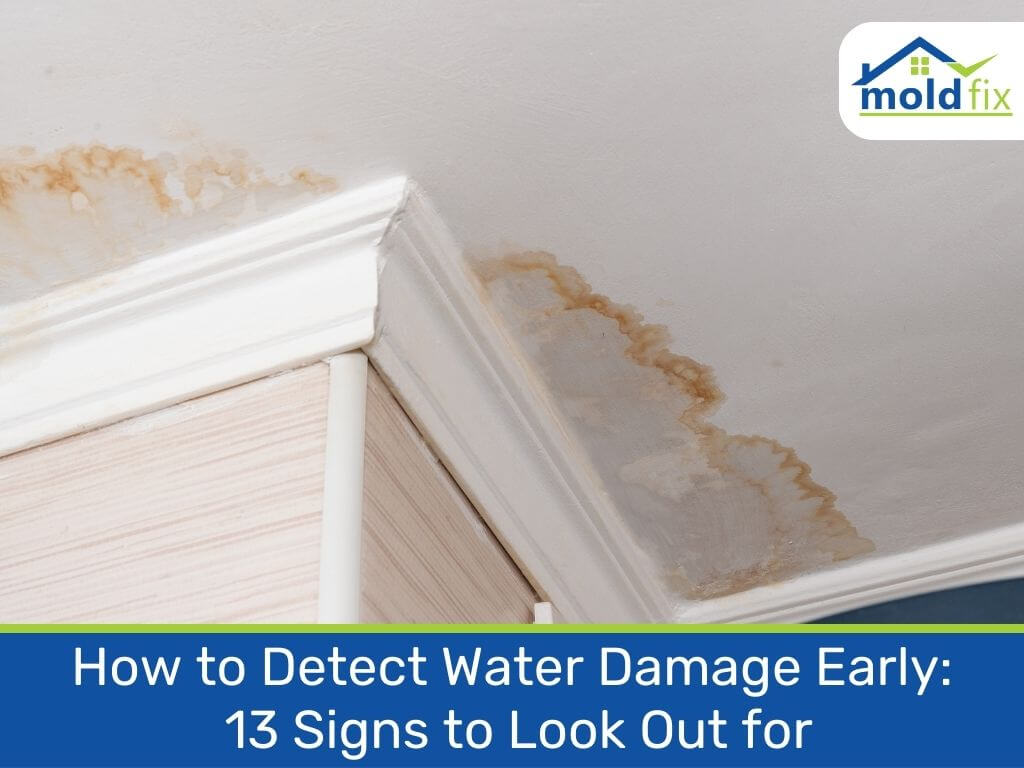
Water damage can be a costly and dangerous problem for homeowners if not detected early. From peeling paint to mold growth, there are several signs that could indicate water damage in your home. In this article, we’ll discuss the 13 major signs of water damage as well as common causes, ways to check for water damage in your home, tips on how to prevent it from happening in the first place, and what you should do if you find any of these telltale signs of moisture intrusion. With this information at hand, you’ll be able to detect water damage early and avoid expensive repair bills later!
13 Signs of Water Damage in Your Home
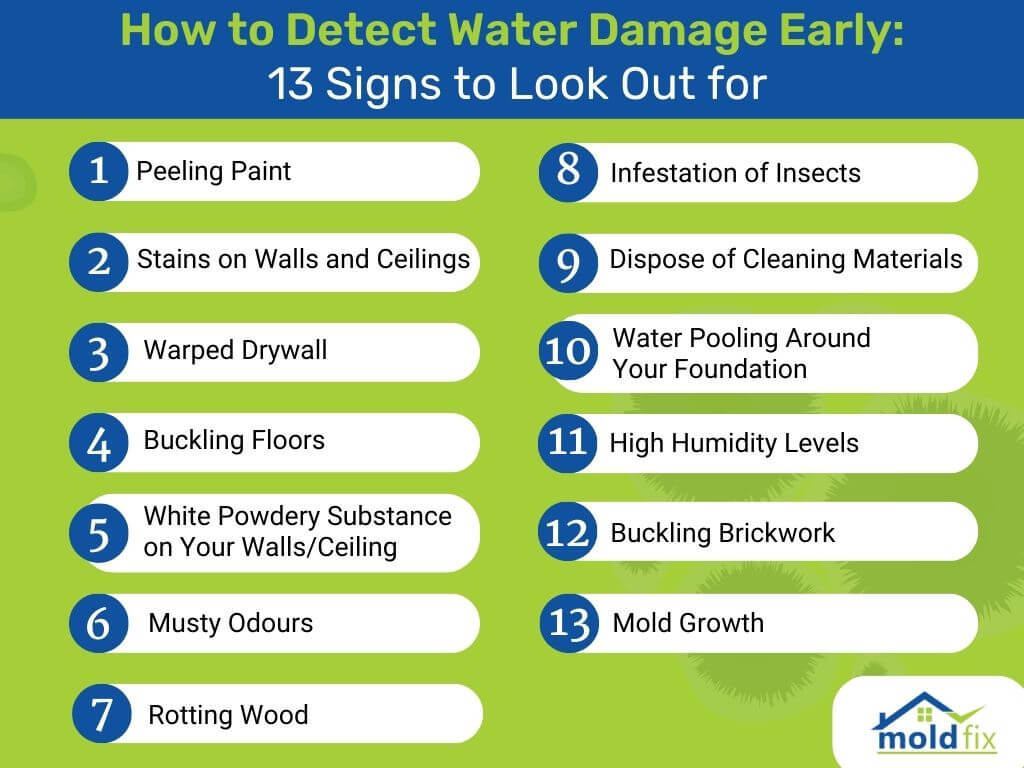
Knowing what these signs look like and how to spot them is essential when it comes to preventing costly repairs down the line.
Here are some of the key signs you should look out for:
1. Peeling Paint – This is an obvious sign of water damage as paint usually peels away from the wall when exposed to moisture or humidity for a long period of time.
2. Stains on Walls and Ceilings – Another common sign of water damage, stains are most commonly caused by roof leaks or plumbing issues that can cause discoloration in the walls and ceilings of your home.
3. Warped Drywall – If you notice that your drywall has begun to warp, this could be an indication that there is excessive moisture seeping into it from somewhere nearby.
4. Buckling Floors – Buckled floors are also a surefire sign of water intrusion as they’re typically caused by excess moisture getting underneath them over time due to poor drainage or leaking pipes nearby.
5. White Powdery Substance on Your Walls/Ceiling – This white powdery substance could indicate mold growth which results from high levels of humidity inside the house due to leaking pipes or other sources of moisture like condensation buildup in AC ducts etc.
6. Musty Odours – A musty smell is one way you know that mold is present in your home since it will often emit a strong odor, particularly if it has been left to fester over time.
7. Rotting Wood – If you notice that wood in your home is rotting, this could be a sign of water seeping in and causing damage to the structure of the building.
8. Condensation on Windows – Excessive condensation inside windows can indicate high levels of humidity within the house due to poor insulation or leaks somewhere nearby.
9. Infestation of Insects– If you notice a lot of bugs in your home, this could be due to moisture sources that are providing them with food or shelter, such as wet wood or standing water in the basement, etc.
10. Water Pooling Around Your Foundation – If there is water pooling around the foundation of your home, this could indicate a drainage problem or even a leak from your water line.
11. High Humidity Levels – If the humidity levels in your home are higher than usual, this could be another sign of water damage as it indicates that moisture is seeping into somewhere it shouldn’t be.
12. Buckling Brickwork – Cracks or buckling in your brickwork can be a sign of water seeping into the walls and is often due to poor drainage or leaking pipes nearby.
13. Mold Growth – One of the most common signs of water damage is mold growth which usually appears as dark spots on walls, ceilings, or other surfaces inside the home.
Now that you know what to look for, let’s explore what causes water damage in the first place.
Common Causes of Water Damage
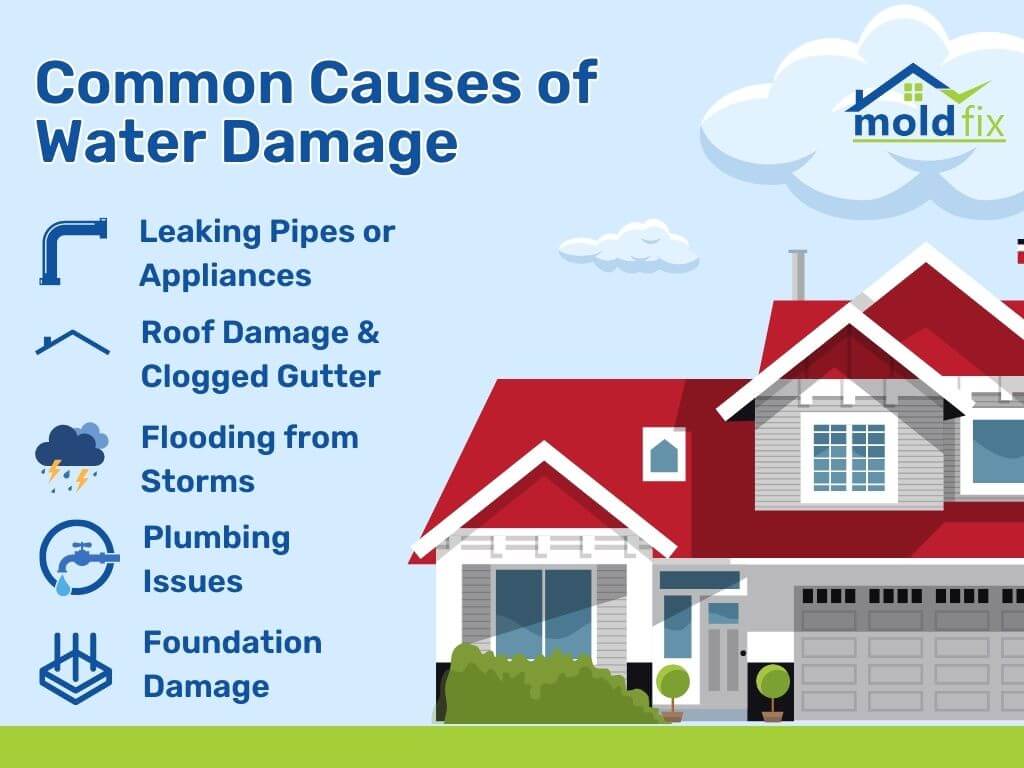
Water damage can be a serious and costly problem for homeowners if not detected early. From leaking pipes to flooding from storms, there are several common causes of water damage that you should be aware of in order to prevent it from happening in your home. In this article, we’ll discuss the most common causes of water damage as well as how to spot them and what steps you can take to avoid costly repairs down the line.
Leaking Pipes or Appliances
One of the most common causes of water damage is leaking plumbing fixtures such as sinks, toilets, showers, bathtubs, and washing machines. If left unchecked, these leaks could cause significant structural damage over time due to rot and mold growth.
Roof Damage and Clogged Gutter
Another major source of water intrusion is roofing problems caused by wear and tear over time or storm-related issues such as hail or windstorms that have damaged shingles or flashing around ventilation systems on your roof.
Clogged gutters can also cause water to back up and create a pooling effect, which can lead to water leaking into the interior of your home.
Flooding from Storms
Heavy rains can lead to flash floods which create an ideal environment for moisture seepage into your home through windows, doors, and other openings.
Plumbing Issues
Another source of water damage is plumbing-related. Leaks, overflows, and burst pipes due to a variety of issues can cause significant water damage throughout your home.
Foundation Damage
The foundation of your home can be compromised by water seeping into the soil around it or from flooding due to heavy rains or melting snow. This type of damage can lead to major structural problems and should be addressed as soon as it is discovered.
How to Check for Water Damage in Your Home
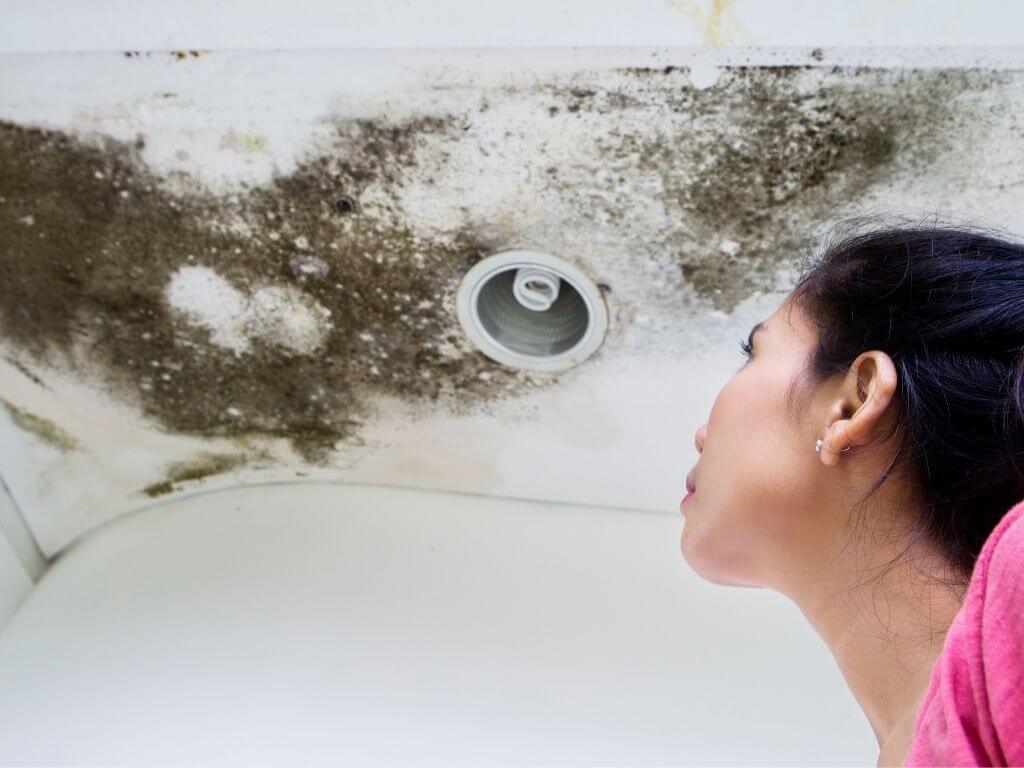
If you suspect there may be water damage in your home, it’s important to take steps to confirm this before contacting a professional water restoration company. Here are some tips on how to check for water damage in your home:
Visual Inspection Around Windows and Doors
Look for any signs of moisture or water seepage around these areas, as this can often be an indication of a leak somewhere in the home.
Check Basement and Attic Spaces
Regularly inspect these two areas in your home for any signs of water damage, such as discoloration, mold/mildew growth, musty odors, or standing water.
Inspect Your Roof for Any Signs of Damage
Inspect the roof surface and underlayment for any signs of wear or tear that could lead to water intrusion into your home.
Ways to Prevent Water Damage
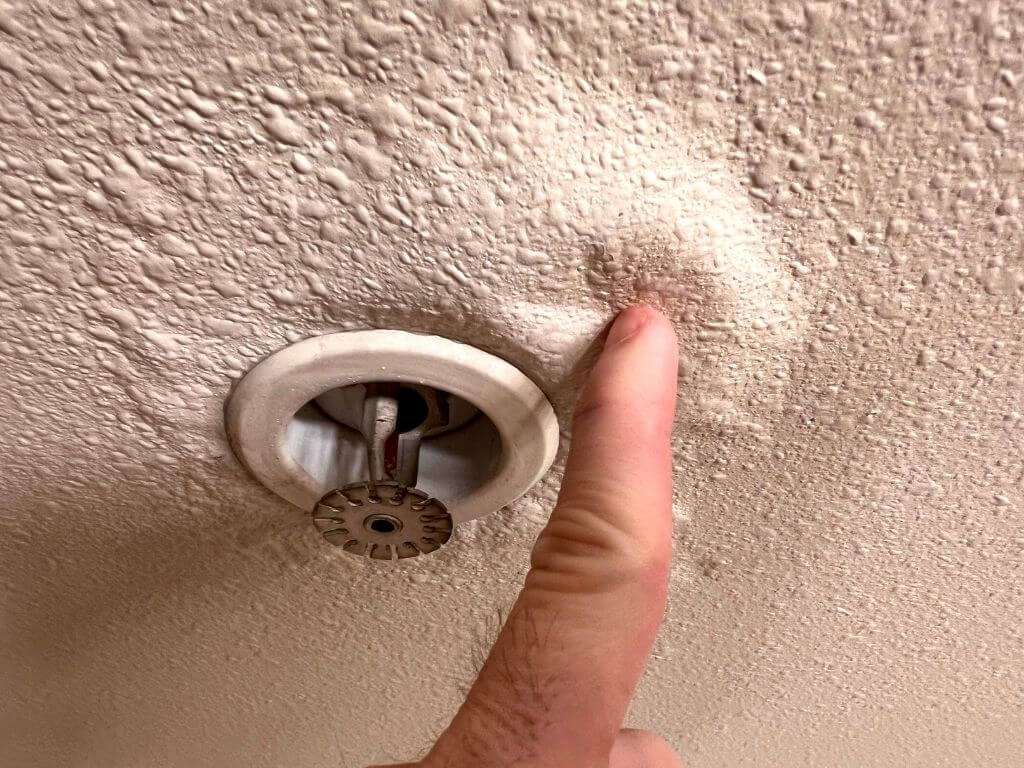
Taking preventive measures is key when it comes to avoiding costly repairs from water damage in the future. Here are some tips on how to prevent water damage in your home:
Regularly maintain plumbing fixtures – Periodically check all plumbing fixtures in your home for any signs of leaks or moisture intrusion and make repairs as necessary.
Keep gutters clean – Cleaning out the gutters on a regular basis can help to prevent rainwater from pooling around your foundation and seeping into your home.
Install sump pumps where necessary – A sump pump can help to move water away from your foundation and prevent water damage caused by flooding or heavy rains.
What To Do If You Find Signs Of Water Damage

If you find any of the telltale signs of water damage in your home, it’s important to take action quickly in order to avoid expensive repairs and substantial damage to your property. Here’s what you should do if you find signs of water damage:
Contact a Professional Water Restoration Company Immediately
Professional companies can help you assess the extent of the damage and provide the necessary services to restore your home.
Document All Damages With Pictures and Videos
Before any work begins, it’s important to document all damages with pictures and videos for insurance purposes.
Tips On How To Avoid Costly Repairs In The Future
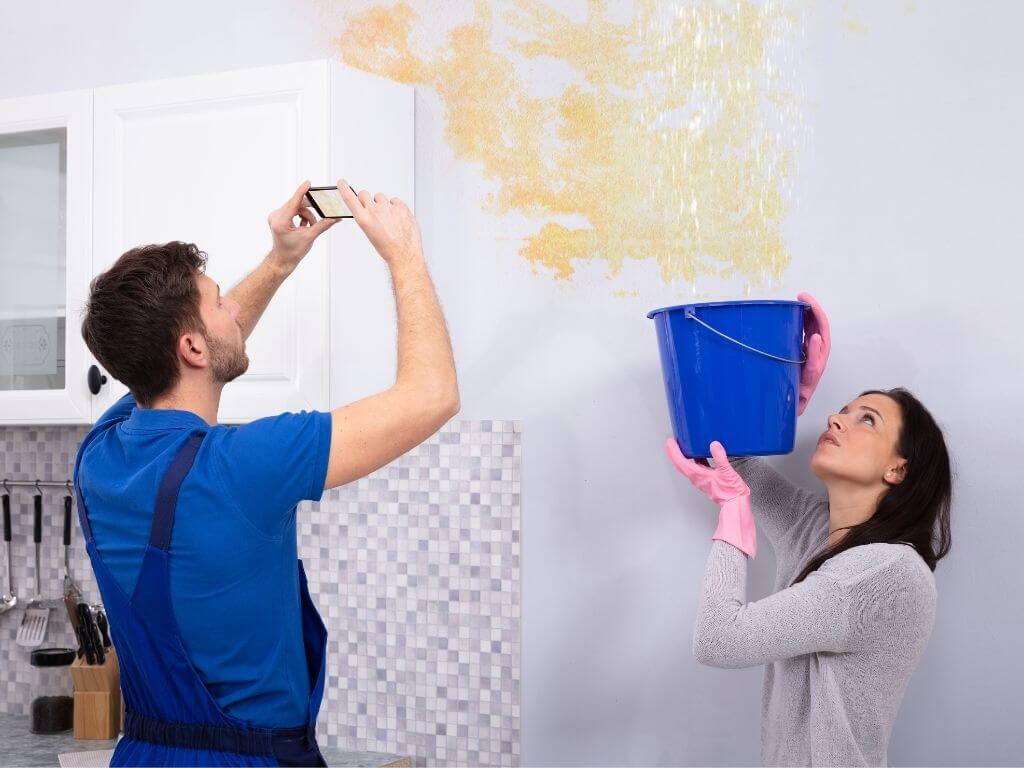
The best way to avoid costly repairs from water damage is to take preventative measures and keep an eye out for any signs of leaking or dampness in your home. Here are some tips on how to avoid costly repairs in the future:
Regularly Inspect Roofs and Other Areas Prone to Water Damage
Keeping an eye out for any signs of wear or tear can help to identify potential problems before they become major issues.
Install Warning Systems That Detect Water Leaks
Installing warning systems such as moisture sensors can alert you to any hidden leaks quickly, helping to prevent further water damage.
Use Waterproofing Materials
If you’re renovating or building a new home, using waterproofing materials such as sealants and membranes can help to protect your home from moisture intrusion.
Conclusion
Water damage can be a costly and dangerous problem for homeowners if not detected early. By understanding the common signs of water damage, familiarizing yourself with the most common causes, and taking the necessary steps to prevent it from happening in your home, you can help to avoid costly repairs down the line. With this information at hand, you’ll be able to detect water damage early and save money on expensive repair bills later!
Mold Fix is here for all of your water damage repair and restoration needs. Our team of certified professionals can inspect your home for any signs of water damage, provide the necessary services to restore your property, and help you avoid costly repairs in the future. Call (949) 449-5949 or contact us online today to learn more about our services or to get a free estimate!
